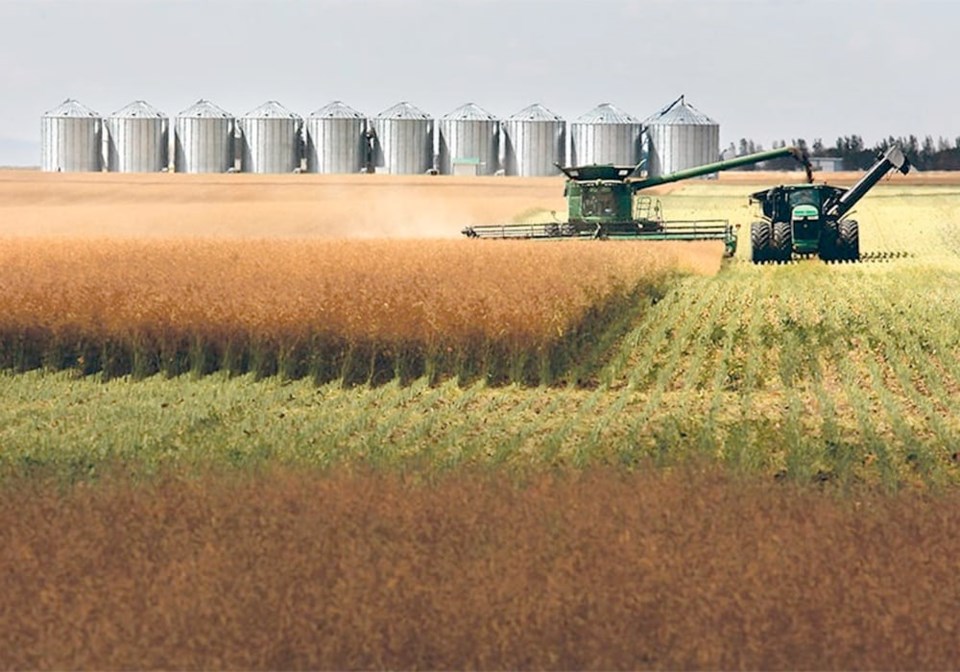WESTERN PRODUCER— The food vs. fuel debate is resurfacing as North America’s oilseed sector braces for surging demand from the burgeoning renewable diesel industry.
The issue was raised during a question-and-answer session at a recent biofuels presentation hosted by the Canadian Canola Growers Association.
“In light of the present crisis in the world food stocks, how can we continue to use edible food products as a feedstock?” asked one online participant.
Steve Pratte, senior manager of transportation and biofuel policy with the CCGA, said the organization has a longstanding policy of pushing for single-digit percentage use of canola by industrial users, so less than 10 percent.
“We’ve always promoted modest industrial use as a policy,” he said.
Current annual canola demand from the biofuel industry in Canada and the United States amounts to 1.8 million tonnes.
Canada produced about 18.17 million tonnes of the crop in 2022-23. The U.S. chipped in another 1.74 million tonnes for a total of 19.91 million tonnes.
That means the biofuel sector currently accounts for nine percent of total North American production, which is under that 10 percent threshold.
However, Pratte’s presentation seemed to undermine the CCGA’s policy stance on industrial use of the commodity going forward.
The volume used by the biodiesel and renewable diesel sectors is expected to grow to 3.9 million tonnes by 2025 and 6.5 million tonnes by 2030, a fourfold increase over today’s levels.
North American production would have to expand to more than 70 million tonnes to maintain that nine percent ratio, which seems highly unlikely given there has been barely any growth in Canadian production for a decade.
Pratte maintained that there will be more than enough canola to meet food and fuel needs going forward, saying that fuel demand is a “modest sliver” of overall end use.
He also noted that it is too late to reverse course because policies like Canada’s Clean Fuel Regulations, which were six years in development, are soon to be in force.
“At the end of the day, this is where the market is going,” he said. “The market will kind of dictate things.”
Pratte seemed eager to distance the canola sector from the food vs. fuel fray, despite the industry lobbying hard for a strong biofuel component to Canada’s greenhouse gas mitigation efforts.
“It’s not us setting the policy, it’s the Government of Canada and other jurisdictions,” he said.
He noted it is not a slam dunk that canola-based biofuel use will increase under Canada’s clean fuel regulations because the obligated parties, which are the producers and importers of fuel, have other compliance pathways at their disposal.
“Only time will tell what the actual pull for renewable fuels is under the (clean fuel regulations),” said Pratte.
But the consensus among both government and private sector analysts is that it will generate greater demand for the product than exists today.
The other big development was the Dec. 1 U.S. Environmental Protection Agency ruling that canola oil is an eligible advanced biofuel feedstock.
“It is a huge win for the canola industry in North America,” he said.
It means canola oil can be used as a feedstock for the exploding U.S. renewable diesel industry.
The U.S. Energy Information Administration is forecasting 5.9 billion gallons per year of renewable diesel production capacity by the end of 2025, up from 2.6 billion gallons today.
That is what is behind the projected 50 percent growth in Canada’s canola processing capacity and 25 percent growth in U.S. soybean processing capacity by 2025-26.




